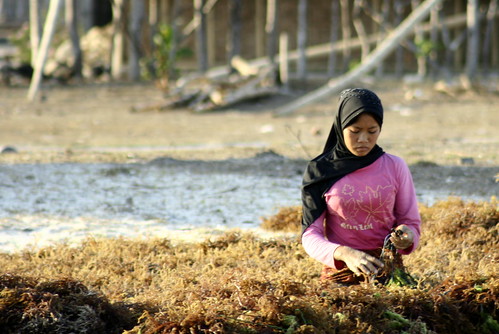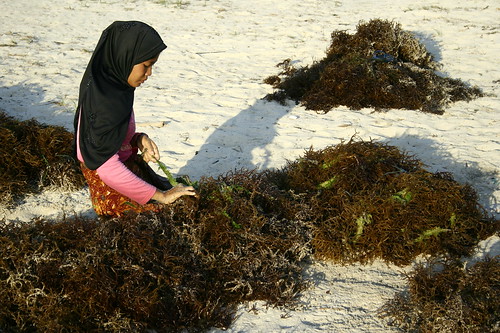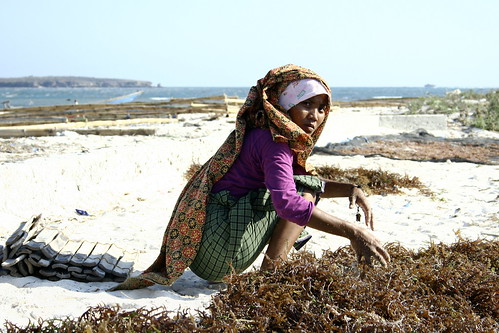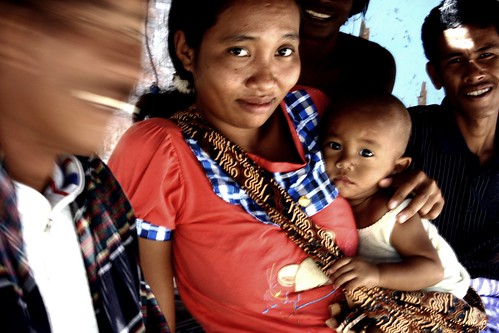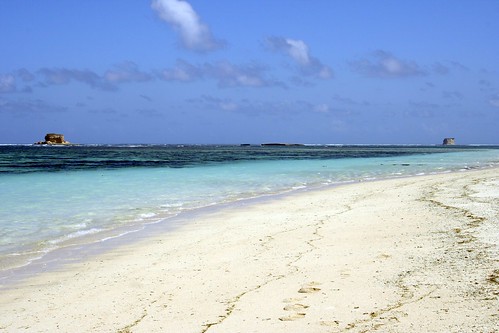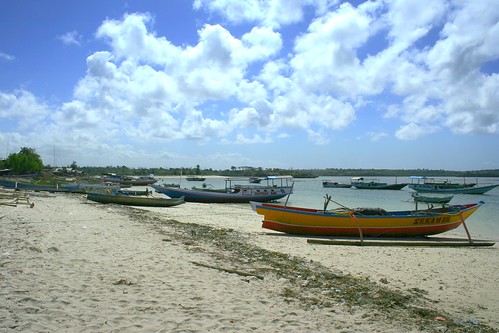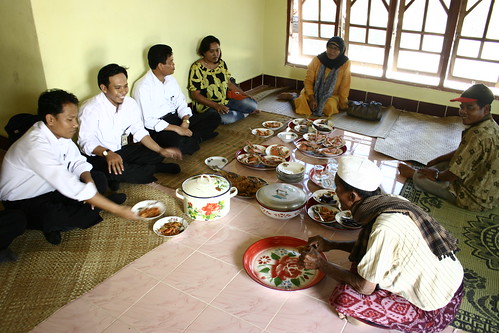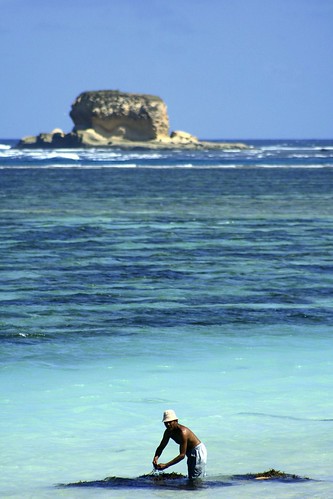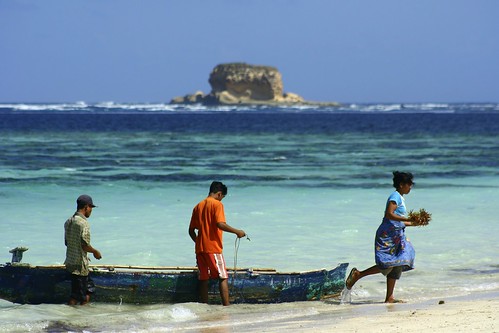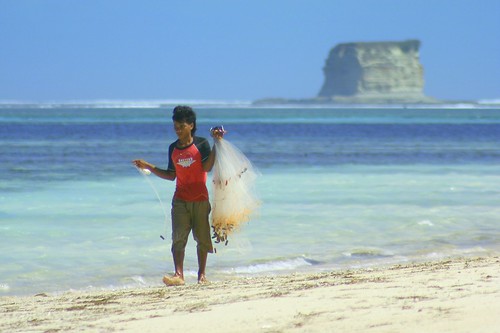For people in Northern Hemisphere, there are four definitive seasons- winter, fall, summer and spring. Not from where I live in tropical Asia. We only have the wet and the dry season, yet at all times, temperatures would still be moderately warm by most standards.
Summertime in perennially sunny Southeast Asia is defined as that period of no rains, that intermission between stormy monsoons. This time is important in agriculture, or more particularly in seaweed farming.
Seaweed mariculture is agriculture but not on land but at sea. Growth-out period is around a month and a half, afterwhich the harvest is dried openly under the sun to be dried to commercial moisture levels. Drying time takes 2-4 days, depending on weather. Obviously, the stretch of dry season termed “summer” in Asia is favorable for harvesting. Cultivations cycles are planned to peak during this time to take advantage of the heat that allows faster turnover.
This series of pictures are taken in regions that are two of the seaweed hotspots in Indonesia: Bali and Lombok
Nusa Dua, Bali, Indonesia
Ironically and fortunately, the farms of Nusa Dua also happen to be located in beaches that are beautifully pristine and heavily favored by tourists. Hotels practically are facing these farms. Tourism and seaweed farming seem to cohabitate together. For now.

Canon EOS 350D Digital, 1/1000s, f/5.6, 205mm, ISO 400, -1/3EV
at Sawangan, Nusa Dua, Bali, Indonesia
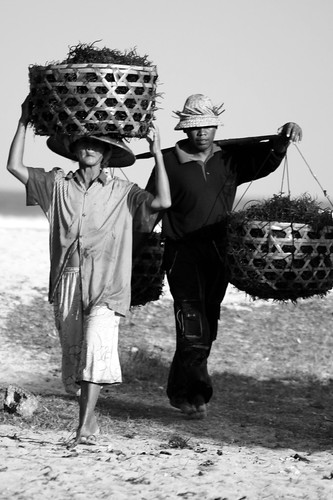
Canon EOS 350D Digital, 1/400s, f/5.6, 300mm, ISO 100
at Geger, Nusa Dua, Bali, Indonesia

Canon EOS 350D Digital, 1/500s, f/5.6, 300mm, ISO 800,
at Sawangan, Nusa Dua, Bali, Indonesia
Serewe Bay, Lombok, Indonesia
It would be difficult to outdo Serewe Bay in East Lombok when it comes to spectacular sandy beaches, what with numerous outcropping islands and steep cliffs spread over the bay. Roads are still rough though and visitors, if any, are sparse. While still a whispered secret among beachcombers in the know, these beaches are only a heartbeat away from commercial development.

Canon EOS 350D Digital, 1/2500s, f/5.6, 190mm, ISO 100, -1/3EV
at Sumerang, East Lombok, Nusa Tenggara Barat, Indonesia
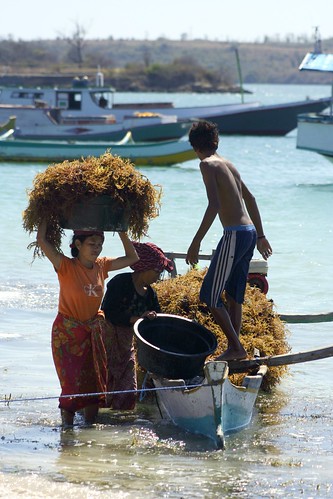
Canon EOS 350D Digital, 1/1600s, f/5.0, 190mm, ISO 100, -1/3EV
at Serewe, East Lombok, Nusa Tenggara Barat, Indonesia




